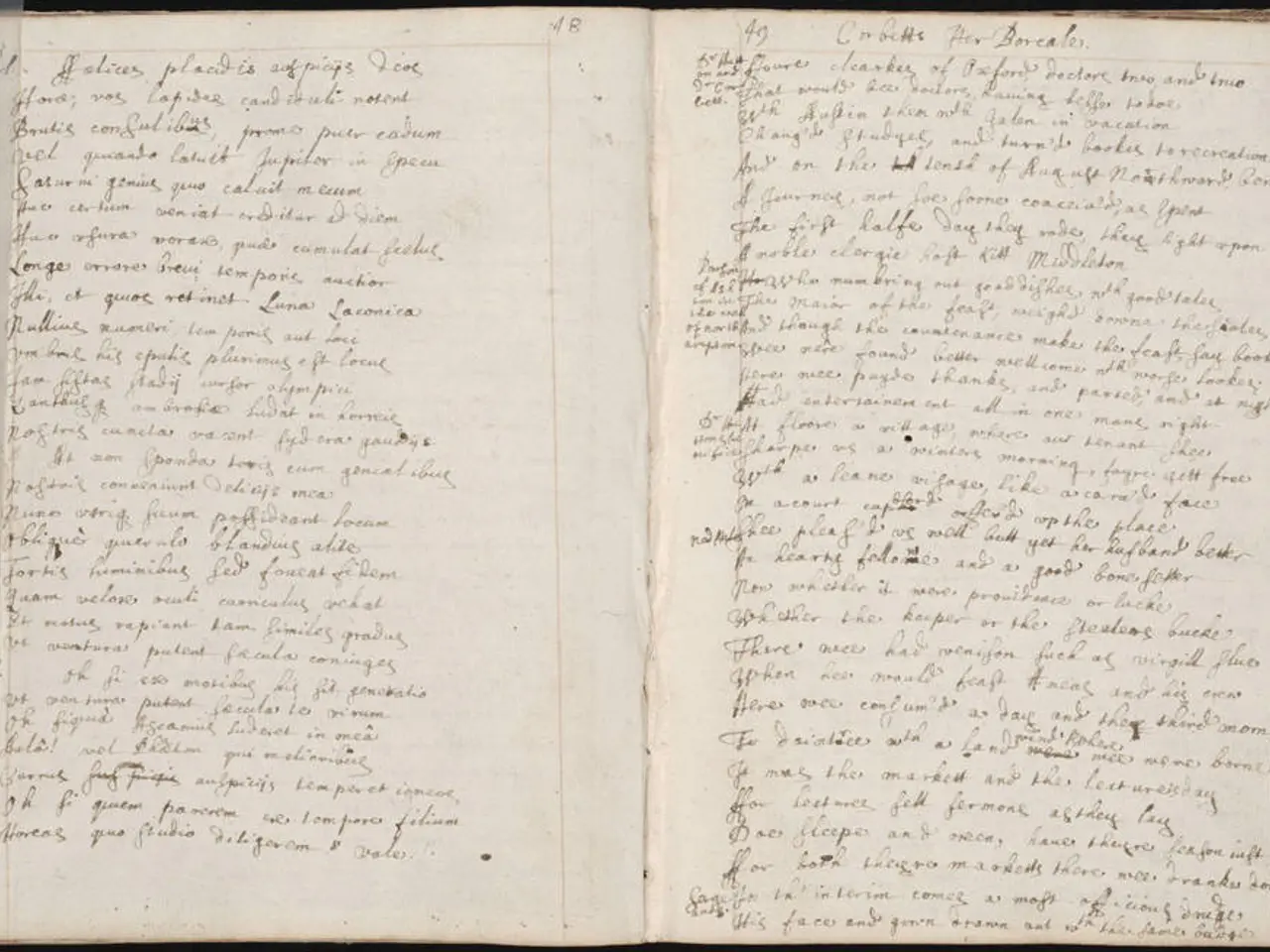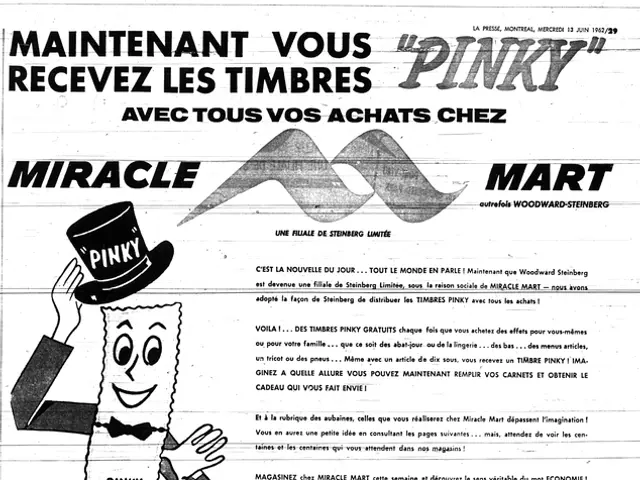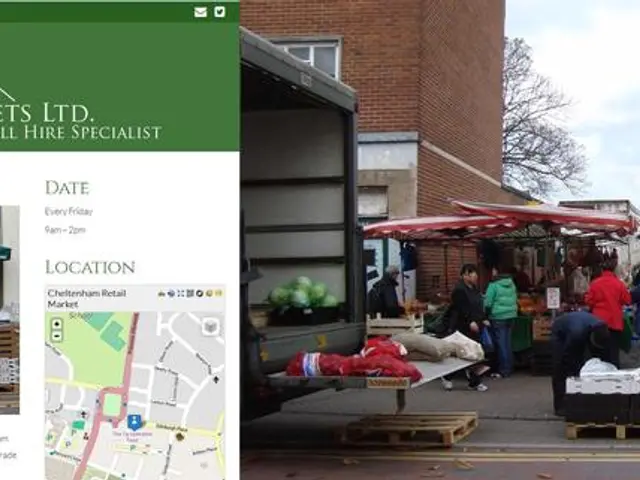ChildhoodTrauma Healing with Connection Through the 5 Love Languages
In the journey of healing from childhood trauma, understanding and addressing core emotional needs is crucial. This process can be facilitated by the concept of the 5 Love Languages, which serve as tools for emotional attunement and nurturing.
The 5 Love Languages—Words of Affirmation, Acts of Service, Receiving Gifts, Quality Time, and Physical Touch—offer a unique approach to healing. They act as mirrors of the emotional wounds carried since childhood, helping individuals recognise unmet needs for love and validation.
Words of Affirmation can help repair negative self-beliefs instilled by trauma by replacing criticism or neglect with positive recognition and encouragement. Acts of Service build trust and show care through consistent, tangible support, healing feelings of abandonment or neglect. Receiving Gifts may counteract feelings of unworthiness that stem from lacking attention or affection. Quality Time fosters connection and presence, helping to heal isolation or emotional unavailability experienced in childhood. Physical Touch, when safe and consensual, rebuilds a sense of safety, comfort, and belonging.
These love languages create reparative relational experiences that address the wounds of trauma, rather than leaving those wounds unacknowledged or suppressed. They contribute substantially to emotional healing and the rebuilding of healthy relational patterns.
Quality time, in particular, can be the balm for relational fractures. Shared experiences increase emotional intimacy and understanding, strengthening bonds and creating lasting memories. Showing priority through quality time assures those with abandonment scars of constant presence and commitment, confirming their worth and value.
Knowing your love language enables you to communicate needs effectively. Being deliberate in practicing your love language and tuning in to others fills emotional gaps, fostering empathy and strong bonds within your circle. Regularly reflecting and adjusting to improve healing strategies is essential for continued growth and healing.
In some cases, seeking professional support may be beneficial. Therapists can facilitate exploring trauma and new healing strategies, providing a safe space for emotional growth and healing.
In conclusion, the 5 Love Languages offer a powerful tool for emotional healing and the rebuilding of healthy relational patterns. By understanding and practicing these love languages, individuals can break the cycle of chasing love externally and foster self-healing, ultimately leading to healthier, more fulfilling relationships.
- Embracing the 'Physical Touch' love language can rebuild a sense of safety, comfort, and belonging, contributing to emotional healing and the rebuilding of healthy relational patterns.
- Engaging in 'Quality Time' can be a balm for relational fractures, fostering emotional intimacy and understanding, strengthening bonds, and creating lasting memories.
- Understanding and practicing your own 'Love Language' can fill emotional gaps, foster empathy, and strengthen bonds within your personal-growth circle, which is crucial for continued growth and healing.
- Pursuing 'education-and-self-development' through therapy can provide a safe space for exploring trauma, new healing strategies, and emotional growth, contributing to your overall mental-health and health-and-wellness journey.








